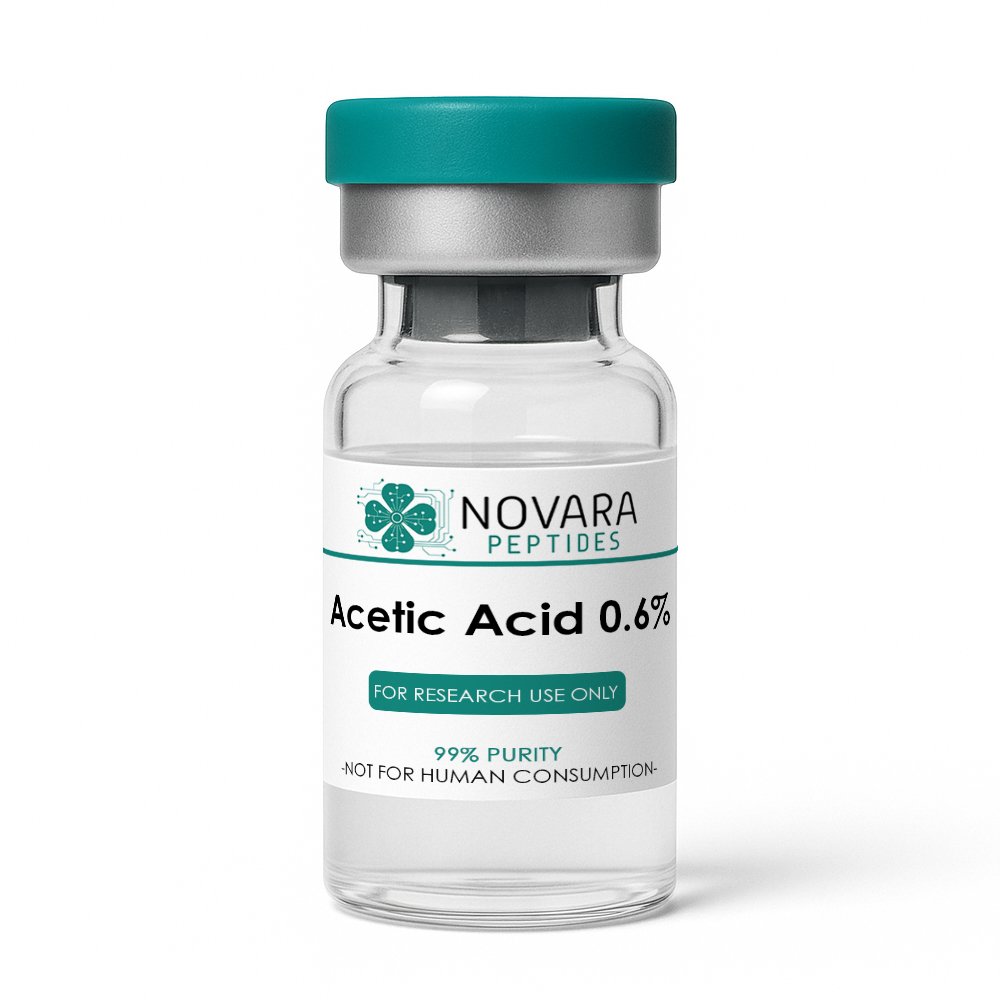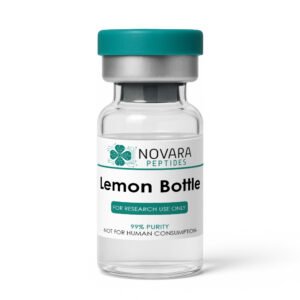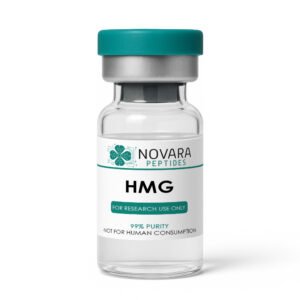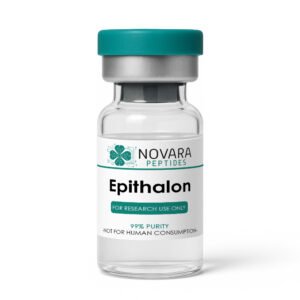Acetic Acid 0.6%
$ 12.95
All products are for laboratory research purposes only. Not for human consumption, medical, or veterinary use. ION Peptides does not condone or support the use of peptides outside of controlled scientific research. By purchasing, you acknowledge that you are a qualified researcher or institution. You must be 21 or older




Acetic Acid 0.6% (Research Grade)
Dilute Acetic Acid Solution for Laboratory Use
Tagline: Buffering & pH Control Research Solution
Product Description
Acetic Acid (CH₃COOH) is a simple organic acid widely used in chemical, biochemical, and microbiological research. This 0.6% aqueous solution provides a stable and controlled concentration for buffering, titration, solubility testing, peptide reconstitution, and pH adjustment studies.
It is ideal for research protocols requiring mildly acidic environments, including protein unfolding studies, peptide stabilization, and biological specimen preparation.
For Laboratory and Scientific Research Use Only. Not for Human Consumption.
Why Researchers Choose Acetic Acid 0.6%
Precisely Diluted: Consistent 0.6% concentration ensures reproducible results.
Versatile Laboratory Utility: Suitable for pH control, reconstitution, and solubility testing.
Buffering Capacity: Maintains weakly acidic conditions ideal for biochemical reactions.
Analytical-Grade Quality: Prepared from high-purity reagents and deionized water.
Ready-to-Use Solution: Eliminates the need for manual dilution and minimizes error.
Important Note
For laboratory and scientific research use only. Not for human consumption, therapeutic, or diagnostic use.
| Chemical Name | Acetic Acid (0.6% Aqueous Solution) |
| Chemical Formula | CH₃COOH |
| Molecular Weight | 60.05 g/mol |
| Concentration | 0.6% (v/v) |
| Form | Clear, colorless aqueous liquid |
| Purity | ≥99.7% acetic acid used in formulation |
| pH | ~2.8–3.2 |
| Storage Conditions | 15–25 °C, sealed and away from direct light |
| Intended Research Use | Buffering agent, peptide reconstitution, and solubility testing |
Research Applications
Peptide & Protein Reconstitution
Dilute acetic acid is commonly used to reconstitute lyophilized peptides and proteins, maintaining stability and preventing aggregation in acidic conditions [Harris 2001].
pH Control & Buffering Studies
As a weak acid, acetic acid provides consistent pH control in biological and chemical experiments, particularly those requiring a slightly acidic environment [Nelson & Cox 2017].
Microbial Culture & Preservation
0.6% acetic acid solutions are used in microbiological testing and surface sterilization protocols due to their mild antimicrobial properties [Dibner & Buttin 2002].
Analytical Chemistry & Solubility Research
Used to adjust solubility in organic compounds, enhance chromatographic separations, and maintain reproducible reaction conditions [Kuehl 2000].
References
Harris DC. (2001). Quantitative Chemical Analysis, 6th Ed. W.H. Freeman and Company.
https://www.worldcat.org/title/quantitative-chemical-analysis/oclc/47795605Nelson DL, Cox MM. (2017). Lehninger Principles of Biochemistry, 7th Ed. W.H. Freeman.
https://www.macmillanlearning.com/college/us/product/Lehninger-Principles-of-Biochemistry/p/1464126100Dibner JJ, Buttin P. (2002). Use of Organic Acids in Animal Nutrition and Food Preservation. J Appl Poult Res.
https://academic.oup.com/japr/article/11/4/453/893020Kuehl RO. (2000). Design of Experiments: Statistical Principles of Research Design and Analysis, 2nd Ed. Duxbury Press.
https://www.worldcat.org/title/design-of-experiments-statistical-principles-of-research-design-and-analysis/oclc/42795018
Mechanism of Action (How Acetic Acid Works)
Proton Donor: Releases H⁺ ions in aqueous solutions, establishing acidic pH conditions [Nelson & Cox 2017].
Weak Acid Buffering: Partially dissociates in water, allowing stable pH regulation in low-strength systems [Kuehl 2000].
Protein Stabilization: Alters surface charge and folding to maintain peptide solubility during reconstitution [Harris 2001].
Antimicrobial Activity: Disrupts bacterial membrane potential and inhibits metabolic enzymes [Dibner & Buttin 2002].
Reaction Control: Provides consistent acidity in titration and chromatographic studies.
References
Harris DC. (2001). Quantitative Chemical Analysis, 6th Ed. W.H. Freeman and Company.
https://www.worldcat.org/title/quantitative-chemical-analysis/oclc/47795605Nelson DL, Cox MM. (2017). Lehninger Principles of Biochemistry, 7th Ed. W.H. Freeman.
https://www.macmillanlearning.com/college/us/product/Lehninger-Principles-of-Biochemistry/p/1464126100Dibner JJ, Buttin P. (2002). Use of Organic Acids in Animal Nutrition and Food Preservation. J Appl Poult Res.
https://academic.oup.com/japr/article/11/4/453/893020Kuehl RO. (2000). Design of Experiments: Statistical Principles of Research Design and Analysis, 2nd Ed. Duxbury Press.
https://www.worldcat.org/title/design-of-experiments-statistical-principles-of-research-design-and-analysis/oclc/42795018
Related products
-
Epithalon
$ 35.00 – $ 89.00Price range: $ 35.00 through $ 89.00 Select options This product has multiple variants. The options may be chosen on the product page





